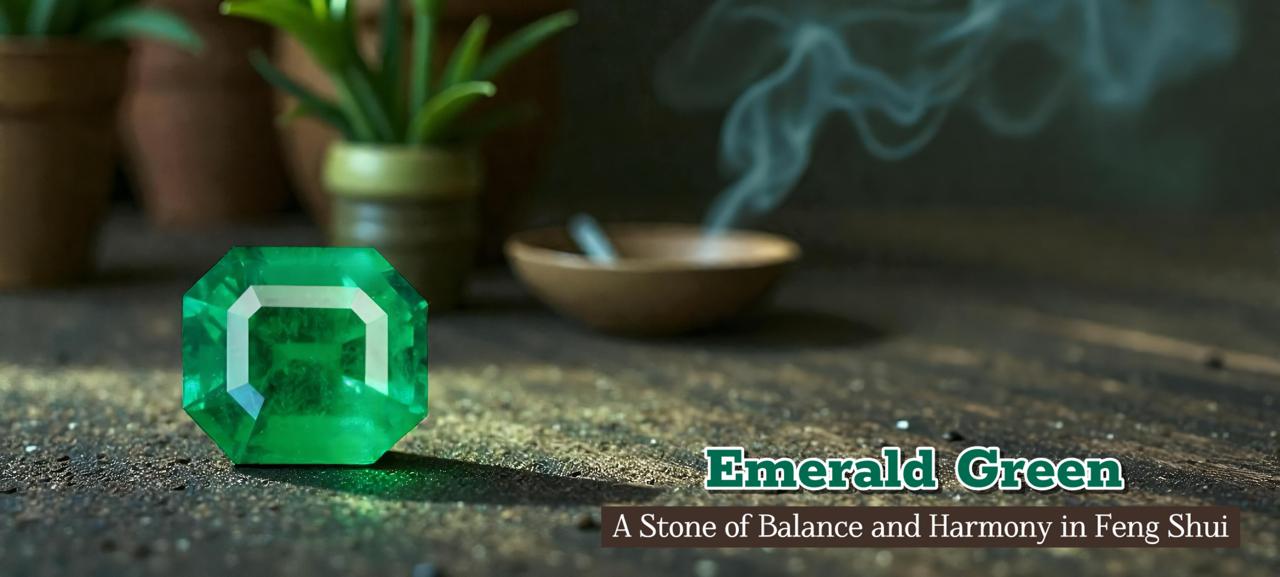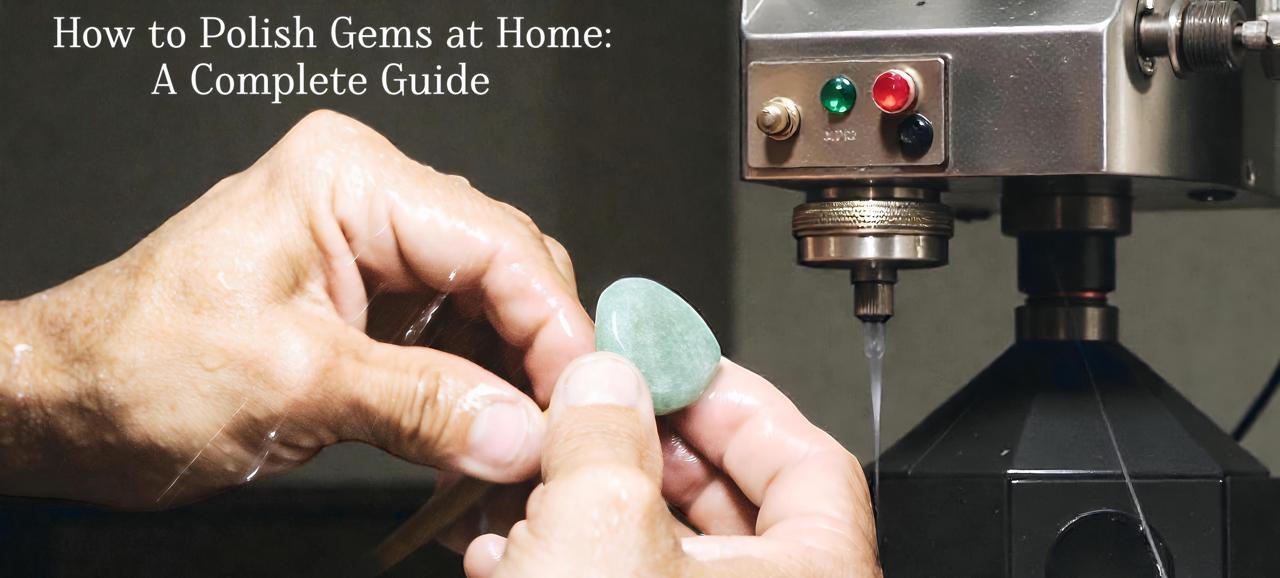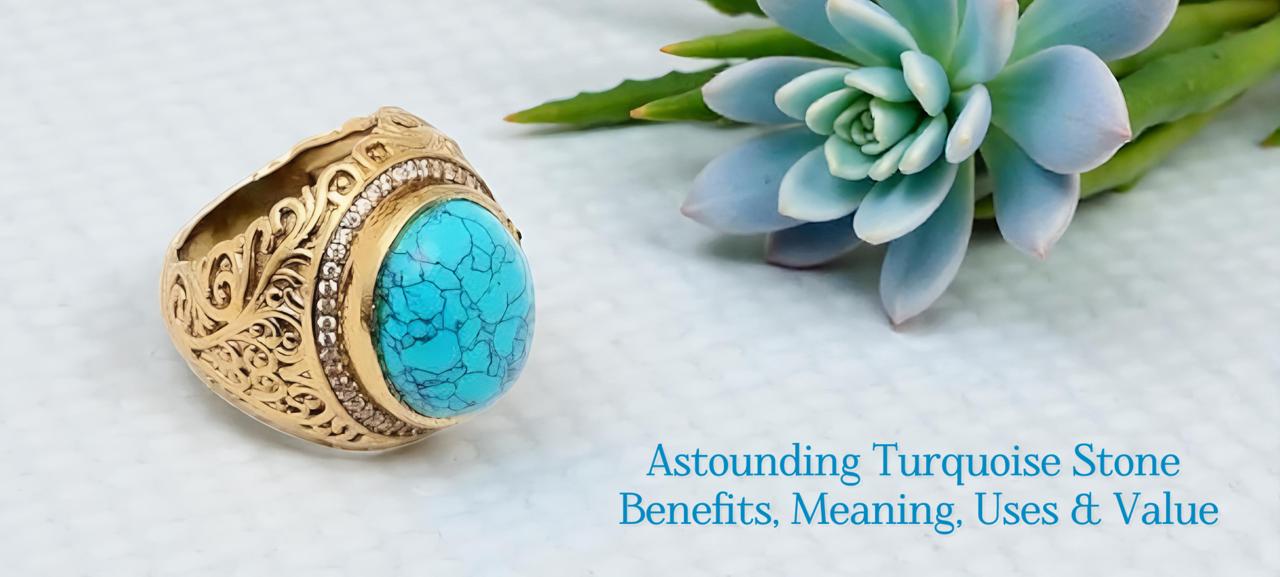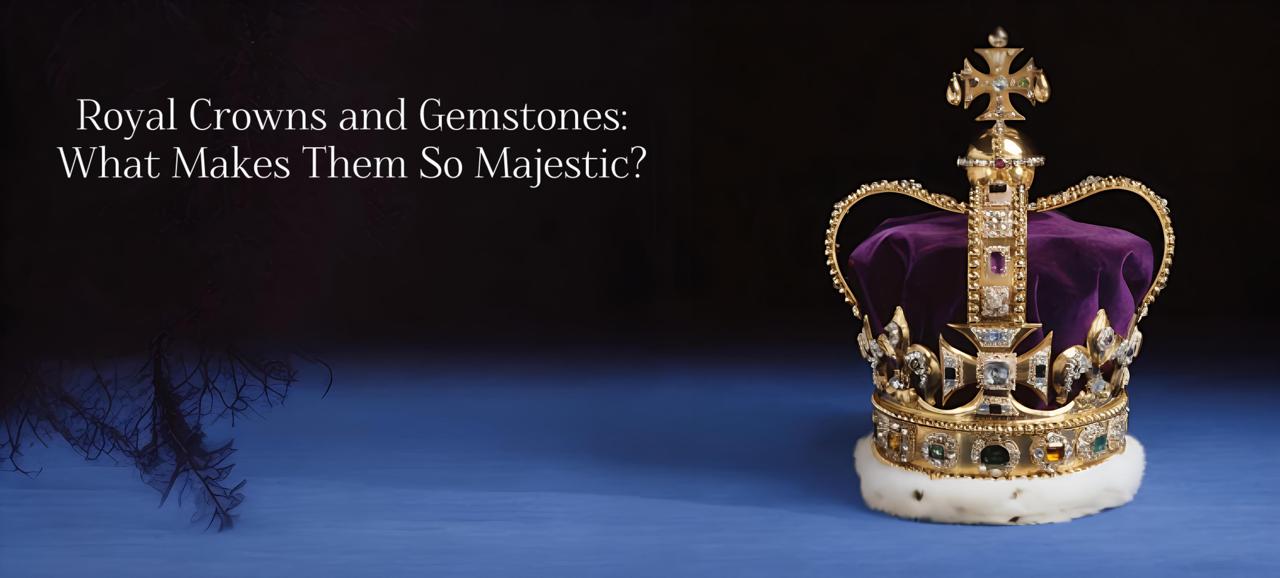 Categories
Categories 
Emeralds, also known as Panna Ratna in Hindi, are a popular gem from the beryl mineral family. This precious gemstone is known for its exclusive green hue, which represents prosperity, growth, and abundance. Emerald meaning stands not only by its color but has a special reference in Vedic astrology. Panna stone is for planet Mercury and offers amazing benefits to the wearer, like financial stability, success, happy relationships, and more. But to gain these benefits, it's important to wear an original gemstone. In the marketplace, you could find many such green-colored gems that look like emeralds but are either synthetic or fake. Determining the difference is thus important. In context with this, we will look at some of the factors that will help you tell if an emerald is real or not.

There are certain factors that determine the basic characteristics of any stone. These are as follows:
Color: The most determining factor of a gemstone is its color. You can identify a stone on the basis of its color, like blue sapphire, which has a blue color, or yellow sapphire, which has a vivid yellow hue. Similarly, the emerald color is green, which is its primary hue. Secondary hues are also prominent, like yellow and blue. Colombian emerald stone features all green hues, whereas those sourced from Zambia and Brazil feature secondary hues like blue and yellow, respectively. It is important to know the color range in which the gemstone exists.
Clarity: Unlike all other gems, Markatam ratna also has inclusions inside them. These inclusions are natural and present during the process of their formation beneath the earth’s surface. In panna, these imperfections are commonly called "jardin,” which means “moss- or garden-like appearance." According to GIA, these green gemstones are categorized as type III inclusions, which are naturally present inside the stone. So, if you ask how to tell if an emerald is real, these inclusions are your answer.
Carat weight: High-carat Maragatham stone with good clarity and intense color are rare to find. However, small-carat-weight gems are easily available. The price of the original panna may vary with size, as larger ratti ratnas have a higher price. But before buying the stone, it is important to check whether it is worth it or not. This is because high-carat-weight stones are rare, and one must check for certificates from recognized gem laboratories.
Cut: Emeralds are known to be brittle, and thus they are often treated to gain stability. For this, they are fracture filled with natural oils. This treatment also enhances their color and clarity. Treatment doesn't mean that the stone is synthetic or fake; it is a process of enhancement through which it gets enhanced color, clarity, and durability. Thus, before you buy an emerald, make sure you check to see if it is being treated or not.
Panna ratna has a hardness of 7.5 to 8 on the Mohs Scale. Thus, they do not scratch easily compared to glass. You can also perform this test at home.
Real emerald stone are denser than imitations, or synthetic stones. You can weigh these gems on the weighing scale to know the exact weight and assess their authenticity.
When passed through the Chelsea filter, an original panna appears to be bright red in color due to its high chromium content. Chromium and vanadium are elements that make the gemstone appear green. If any stone looks green because of its higher iron content, it is probably green beryl and not genuine emeralds. and synthetic emeralds may also sometimes appear red when passed through this filter. You can distinguish natural panna from green looking other gems.
With the help of synthetic and supporting filters, you can check for synthetic gems. If through these filters the stone appears purplish red then it is synthetic. Look for borderline colors as sometimes the green layer is only in the middle.
Markat stone sourced from some origins shows weak fluorescence but for others obtained from Colombia displays weak red glow. Synthetic ones show a dull fluorescence.
When evaluating real emerald vs fake emeralds, color is the most important factor you can easily look for. A genuine panna features a rich green color with medium tone and high saturation. Though these gems are often complemented with yellow and blue overtones, the primary color is always green. There are other green looking gems available in the market but the amazing green color of budh stone reminiscent of green landscape is unique.
Inclusions are a characteristic feature of a natural gem. Some green looking gems are also sold in the market in the name of emeralds but they are not these precious stones. Synthetic stones are free from inclusions and this is how you can determine the natural ones. Colombian panna stone has three phase inclusions that are gas, liquid and solid which are visible to the naked eye. Aventurine quartz is one such stone that looks green and is sold under the name of markat ratna. If you look closely at this gem you will find small spots which are green mica inclusions and thus appear green.
With the help of this loupe, you can look for natural imperfections or inclusions. Fake emeralds on the other hand have bubbles inside which are often confused with natural inclusions. Thus, with the help of a magnifying glass or a loupe you can look for the real ones.
How To Tell If An Emerald Is Real if they all look green. For this you can keep the stone in oil and check for color and inclusions. For instance, if you are going to check for a green gemstone that you believe is a panna, keep it in a bowl of oil. From the front and back surface it looks green but with the help of a forcep turn it and expose its one of the sides. If it looks transparent from crown and pavilion side it is an assembled gem or a fake emerald. Real emeralds have a homogenous green color.
Panna stone testing in water involves immersing the gem in a glass of water and rotating it from all sides. If you observe changes in color, it might be a fake emerald like soude.
Buy a certified Markat Ratna from a reputed gem dealer like Navratan. Certification from recognized gem laboratories like GIA and others provides authenticity that the stone you are buying is natural.

Emerald Green: A Powerful Feng Shui Stone for Balance and Harmony
December 15th, 2025


